This is the fourth and last part of a series of articles on the perils of day and position trading in futures and forex markets. In this part, the results of simulations involving a large number of random trading systems backtested on EURUSD data confirm the empirical fact that only a very small percentage of forex position traders are profitable.
In Part One, I presented the results of a simulation of a large number of random E-mini S&P 500 futures day trading systems that confirmed the empirical fact that only a very small percentage of day traders in that market are profitable. In Part Two, it was also confirmed that only a small percentage of undercapitalized position traders in E-mini S&P 500 futures are profitable. In Part Three it was demonstrated that random intraday forex traders low chances of success regardless capitalization. This last part deals with forex position trading.
Position trading is a popular style that is usually based on daily OHLC bars. Position trades may last several days and they are impacted by overnight gap risk. Although noise is lower in daily timeframes than in intraday, it turns out that transaction cost and overnight gap risk greatly impact the profitability of position traders and they also have low chances of success.
A sample of 3742 daily bars of spot EURUSD in the period 01/02/2001 to 11/29/2013 was used in the following simulation:
1) A fair coin is tossed before the close of the first bar of the data sample. If heads shows up, then any open short position is closed and one standard lot is bought at the close. Any open long position is closed and one standard lot is sold short when tails show up. This is repeated until the end of the sample and then the net return of the resulting sequence of entry and exit points (system) is calculated. A random system is stopped if its initial equity is reduced below the required margin. Ruin occurs when equity drops close to zero.
2) The simulation in (1) is repeated 20,000 times.
3) A distribution of the 20,000 net return values is plotted and several statistics are calculated.
4) For simplicity, the bid price is the traded price for both long and short positions, something that it is not the case in reality as retail traders can only buy at the ask and sell at the bid. Using the bid price makes the simulation more optimistic for the long side and any conclusions of this study are conservative in that respect.
5) Leverage of 50:1 was assumed in all simulations, resulting in an initial margin of $2,000 per standard EURUSD lot.
Case 1: Frictionless trading: Initial capital: $100,000, Commission each way: 0
Below is the distribution of the net returns of the 20,000 random entry and exit sequences generated by tossing the fair coin:
The above distribution confirms the zero-sum nature of forex trading: 50.42% of random systems, i.e., nearly half of them, were profitable with a mean return of 0.47%. The distribution is almost normal with small negative kurtosis and positive skewness. No random systems were stopped or ruined. The lowest return was -100% and the highest was +199.93%. A 100% test return was higher than 98.36% of the random systems resulting in a p-value of 0.0164. This is the probability of being wrong in rejecting the null hypothesis that a system with a 100% return was random. Note that 19.52% of the random systems generated returns above buy and hold and 3.25% of them were stopped, while 3.31% of the systems were ruined.
Case 2: Initial capital: $100,000, Spread: $10
Next, we apply one pip one-way spread to all trades and repeat the simulation for the same initial capital of $100,000. Below is the new distribution of the net return:
After the introduction of the small spread, only 23.85% of the random systems generated positive returns and the fraction of them that are stopped increased to 12.88%. About 13% of the systems were ruined. This is a high failure rate for trading just one standard lot with $100K initial capital. Due to the commission effect that normally reduces returns, a 100% test return was significant (p-value = 0.0018).
Note that virtually no retail trader commits such a high initial capital to trade one standard lot. Typical starting capital levels are between $5,000 and $20,000 for a standard lot and are adjusted accordingly for other lot sizes.
Case 3: Initial capital: $20,000, Spread: $10
Next, we lower the initial capital to $20,000. Spread remains at $10. Below is the new distribution of the net return of the 20,000 random systems:
The above distribution reflects more or less the reality of retail forex position trading: Only about 11% of the random systems profit and the number of stopped systems surges to 87.45%. Nearly 19% of the systems were ruined, meaning that margin was also lost.
The highest random return increased due to increased actual leverage factor and it was about 734%. A test return of 100% was marginally non-significant with a p-value of 0.0730.
Case 4: Initial capital: $10,000, Spread: $10
Next, we lower the initial capital to $10,000. Spread remains at $10. Below is the new distribution of the net return of the 20,000 random systems:
Lowering the initial capital in the presence of even a small spread charge made things worse, as expected. Only 4.71% of the random systems were profitable and nearly 95% of them were stopped. The highest return surged to 1,626.90% due to the higher leverage (10:1). However, a 100% test return was still significant due to the large number of failures.
A few remarks about forex contests
Forex contests usually reveal some stellar winners but as you may see from these simulations, and especially the last one, even when 95% of the traders are ruined, some random ones may generate extraordinary returns. Brokers know that but they use the winners to advertise their services when in many cases if the winners stayed longer in the game would lose everything. This is one reason that these contests last a few weeks or months. Given enough time the market is structured in such a way as to drive most random players to ruin and the beneficiaries are usually the brokers who pocket the commissions or even the losses when the take the opposite side of the trade of their customers.
For possible objections to this study and a few remarks see the previous parts. The conclusion from this last part is that the majority of forex position traders are doomed to lose to market makers. Only those with a significant edge that do not trade frequently have a chance to profit but in that case there may be some other problems, such as large drawdown levels that significantly impact profitability by increasing capital requirements. Despite all that, the forex market is a good one to use for the purpose of developing trading skills but only when considering the initial capital as tuition expense.
If you found this article interesting, you may follow this blog via any of the methods below.
Subscribe via RSS or Email, or follow us on Twitter
If you have any questions or comments, happy to connect on Twitter: @mikeharrisNY
Charting and backtesting program: Amibroker
Market signals from systematic strategies are offered in our premium Market Signals service. For all subscription options click here.
© 2015 – 2018 Michael Harris. All Rights Reserved. We grant a revocable permission to create a hyperlink to this blog subject to certain terms and conditions. Any unauthorized copy, reproduction, distribution, publication, display, modification, or transmission of any part of this blog is strictly prohibited without prior written permission.
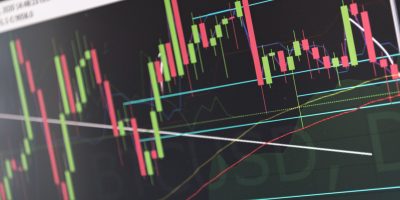

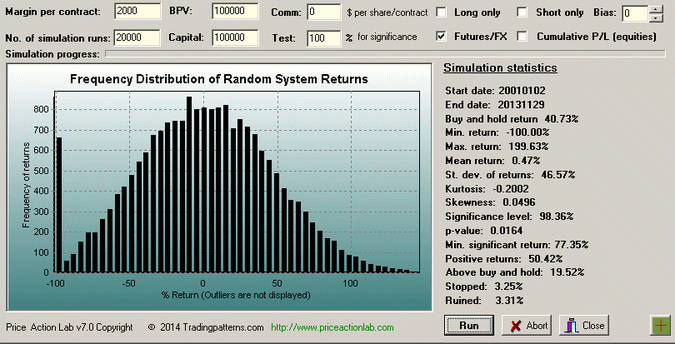
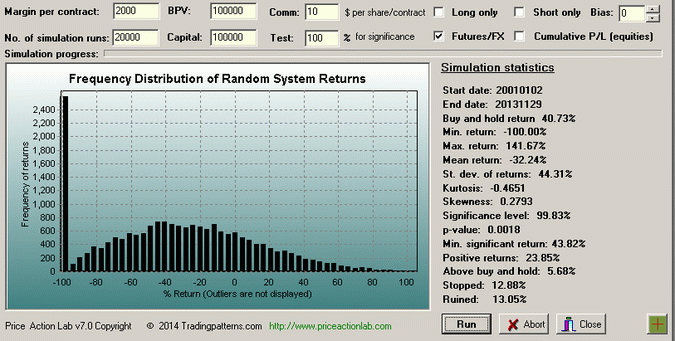
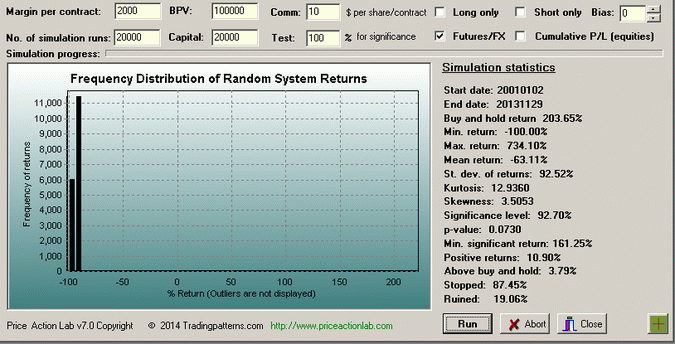
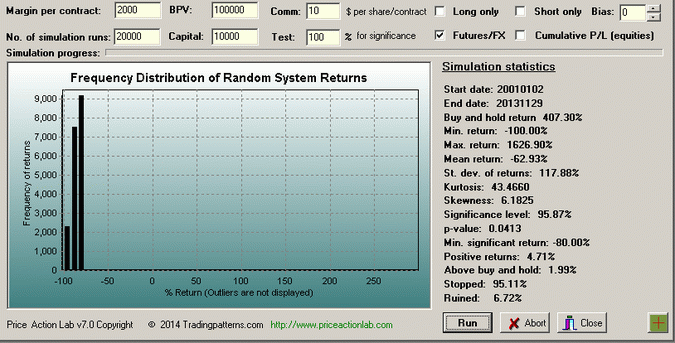




stock quotes
Yeah!! what a post.I am very happy to see this.I think it is so much important post.Thanks a lot for sharing this with us.